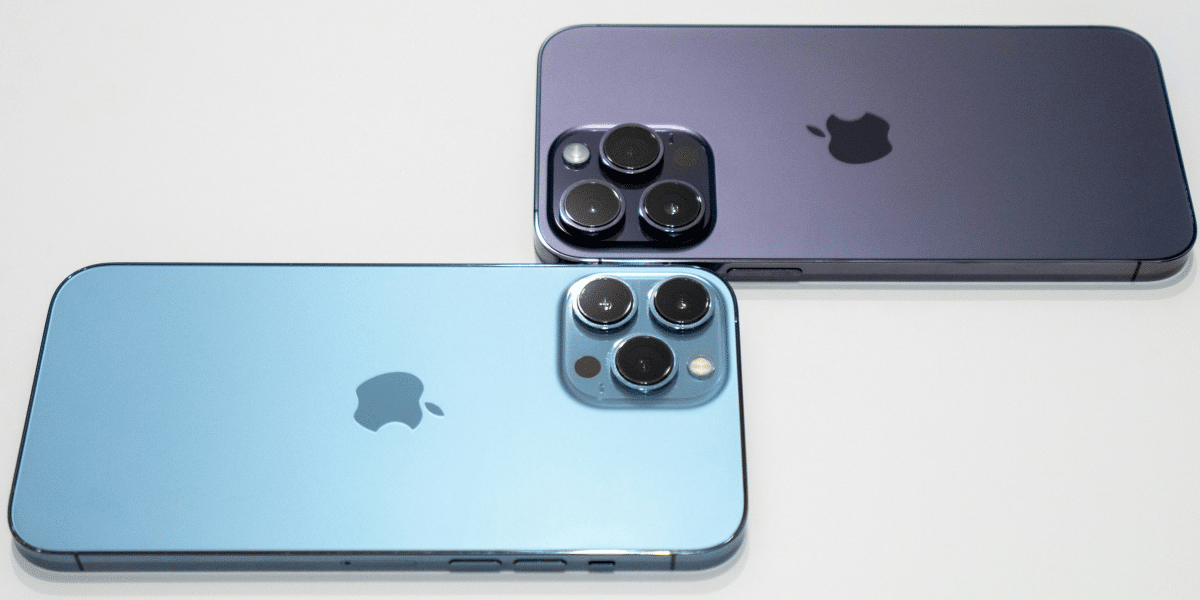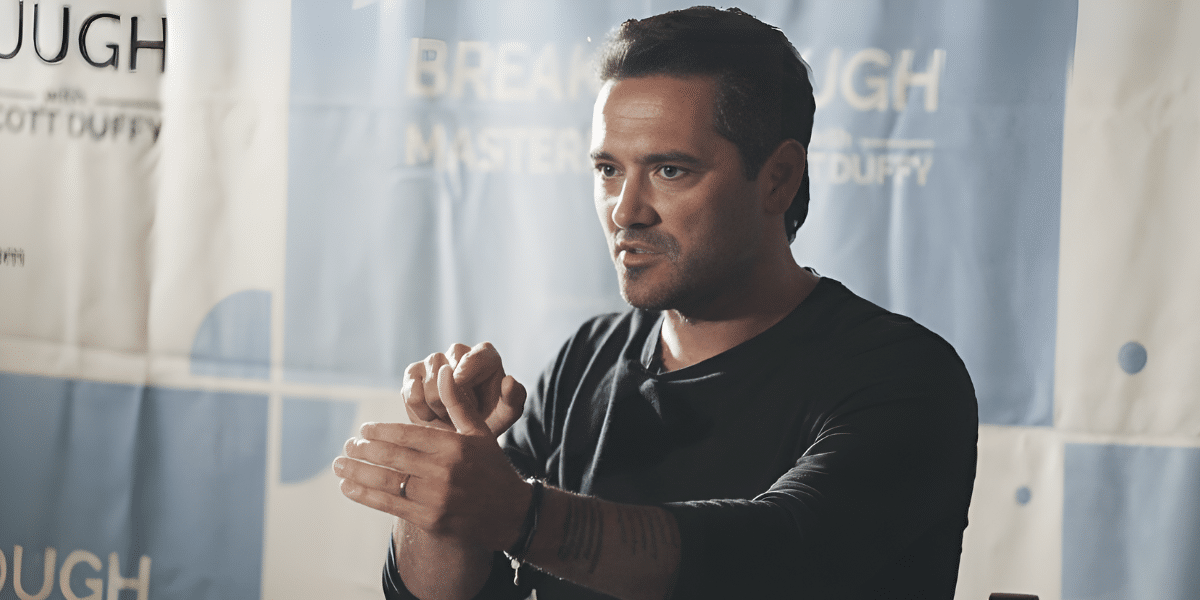Cameras have come a long way since their inception, evolving from bulky, manual devices to sleek, digital marvels that fit in the palm of your hand. In this article, we’ll take a journey through the fascinating evolution of cameras, exploring the major milestones, innovations, and technological advancements that have shaped the way we capture and preserve memories.
The Early Days: From Camera Obscura to Daguerreotypes
The history of cameras dates back to ancient times, with the invention of the camera obscura, a simple device that projected an image onto a surface through a small hole or lens. However, it wasn’t until the 19th century that photography as we know it today began to take shape. In 1839, Louis Daguerre introduced the daguerreotype, a photographic process that produced detailed images on silver-coated copper plates. While early cameras were large and cumbersome, requiring long exposure times and careful handling, they represented a revolutionary leap forward in visual communication and storytelling.
The Age of Film Photography
Throughout the 20th century, cameras continued to evolve, with significant advancements in film technology and camera design. The introduction of roll film by George Eastman and the founding of Kodak in the late 1800s made photography more accessible to the masses, ushering in the era of amateur photography. As film technology improved, cameras became more portable, versatile, and user-friendly, with innovations such as the 35mm format, autofocus systems, and built-in light meters becoming standard features in consumer-grade cameras.
The Digital Revolution
The digital revolution of the late 20th and early 21st centuries transformed the photography industry, leading to the widespread adoption of digital cameras and the decline of traditional film photography. Digital cameras replaced film with electronic image sensors, allowing photographers to capture, store, and share images digitally without the need for film processing or printing. The first commercially available digital camera, the Nikon D1, was introduced in 1999, marking a significant milestone in the history of photography.
Advancements in Digital Imaging Technology
Since the introduction of digital cameras, there have been continuous advancements in digital imaging technology, leading to improvements in image quality, resolution, and functionality. Digital single-lens reflex (DSLR) cameras, mirrorless cameras, and compact digital cameras have become increasingly sophisticated, offering features such as interchangeable lenses, high-definition video recording, and wireless connectivity. In recent years, smartphone cameras have also become ubiquitous, with many smartphones equipped with advanced camera systems capable of rivaling dedicated digital cameras in terms of image quality and performance.
The Rise of Smartphone Photography
The proliferation of smartphones has democratized photography, allowing anyone with a smartphone to capture and share high-quality images instantly. Smartphone cameras have become increasingly powerful, with multiple lenses, advanced image processing algorithms, and artificial intelligence capabilities that enhance image quality and creative possibilities. Social media platforms such as Instagram, Snapchat, and TikTok have further fueled the popularity of smartphone photography, enabling users to share their photos and videos with a global audience in real-time.
The Future of Photography
As technology continues to advance, the future of photography holds endless possibilities. Emerging trends such as computational photography, virtual reality, and augmented reality are reshaping the way we capture, manipulate, and experience images. Innovations in artificial intelligence, machine learning, and computer vision are enabling new applications and creative tools that were previously unimaginable. From immersive virtual experiences to interactive multimedia storytelling, the future of photography promises to be exciting, dynamic, and full of potential.
A Modern Tool for All
The evolution of cameras from the early days of camera obscura to the digital age has been nothing short of remarkable. From bulky, manual devices to sleek, digital marvels, cameras have undergone continuous innovation and transformation, driven by advancements in technology, materials, and design. As we look to the future, the possibilities for photography are endless, with new technologies and creative tools opening up new avenues for expression, exploration, and storytelling. Whether you’re a professional photographer, amateur enthusiast, or casual smartphone user, the evolution of cameras has made it easier than ever to capture and share the world around us in all its beauty and complexity.







